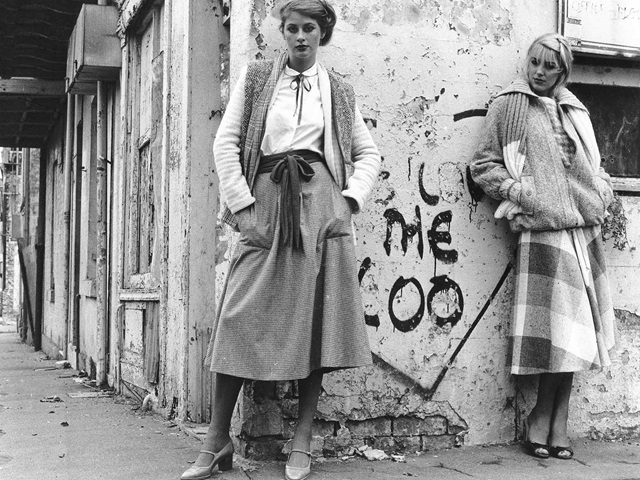History of Reconciliation Park
In 1997 this park was named in recognition of the special place and culture of Aboriginal and Torres Strait Islander peoples as the First Australians.

Reconciliation Park is bounded by George, James and William streets, Redfern.
The area has become synonymous with Aboriginal peoples because of the Aboriginal Housing Company area near Redfern station and the Redfern Park speech in 1992, which redefined Australia’s attitudes to its Indigenous people. The movement for Aboriginal reconciliation in the 1990s led to the naming of the park.

This area was part of a 100-acre grant made to William Redfern in 1817. He had arrived in Sydney as a convict in 1801 after being court-martialled for his part in the British naval mutiny of 1797. After his death in 1833 Redfern’s land was subdivided in the 1840s and James and William streets were built in the 1860s.
Between 1851 and 1891 the population of Redfern doubled each decade, and by 1891 the suburb had the second highest population density in Sydney.
This site included houses at 2–8 William Street (built in 1881) and 13–15 George Street, which were purchased by Council in 1978. The George Street houses were demolished in the early 1980s and the park established.
The mural on the side wall of 17 George Street was commissioned by Sydney City Council and painted by the Public Art Squad. Entitled ‘Think Globally Act Locally’, it won the Sir John Sulman art prize in 1985.
The Public Art Squad was founded by David Humphries and Rodney Monk who pioneered the Community Mural Movement in Australia.
From the late 1970s to the early 1990s they had a prolific output of huge murals which became local landmarks and sources of regional pride. The murals were eloquent and demonstrative visual statements by numerous and varied communities either about local issues or serious universal ideas such as peace, ecology, multiculturalism, concern for the aged and more.
Following the demolition of 6–8 William Street in 1997 the park was named Reconciliation Park in recognition of the special place and culture of Aboriginal and Torres Strait Islander peoples as the First Australians.
Reconciliation Australia defines reconciliation as symbolic recognition of the honoured place of the First Australians, as well as implementing practical measures to address the disadvantage experienced by Indigenous peoples in health, employment, education and general opportunity.



